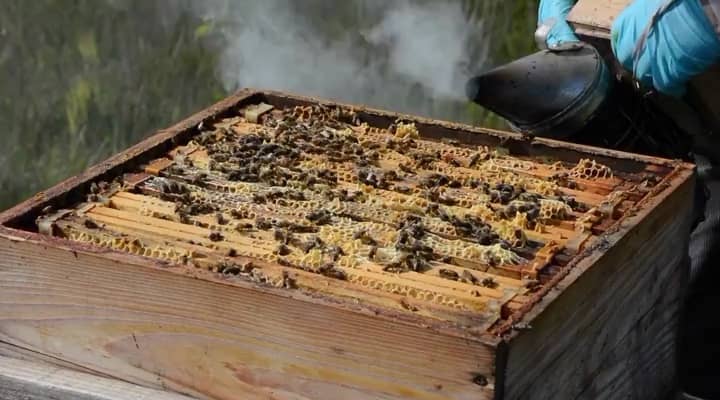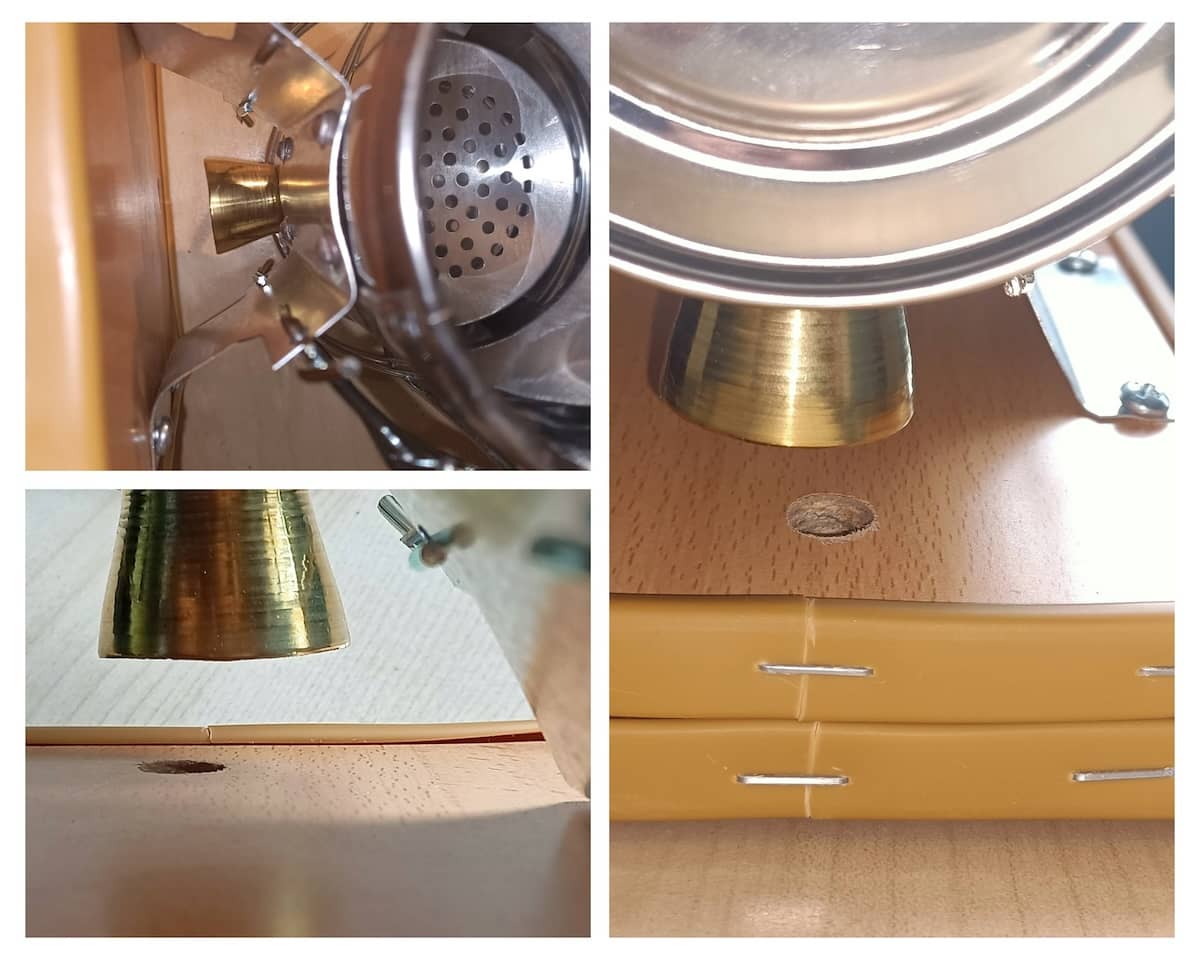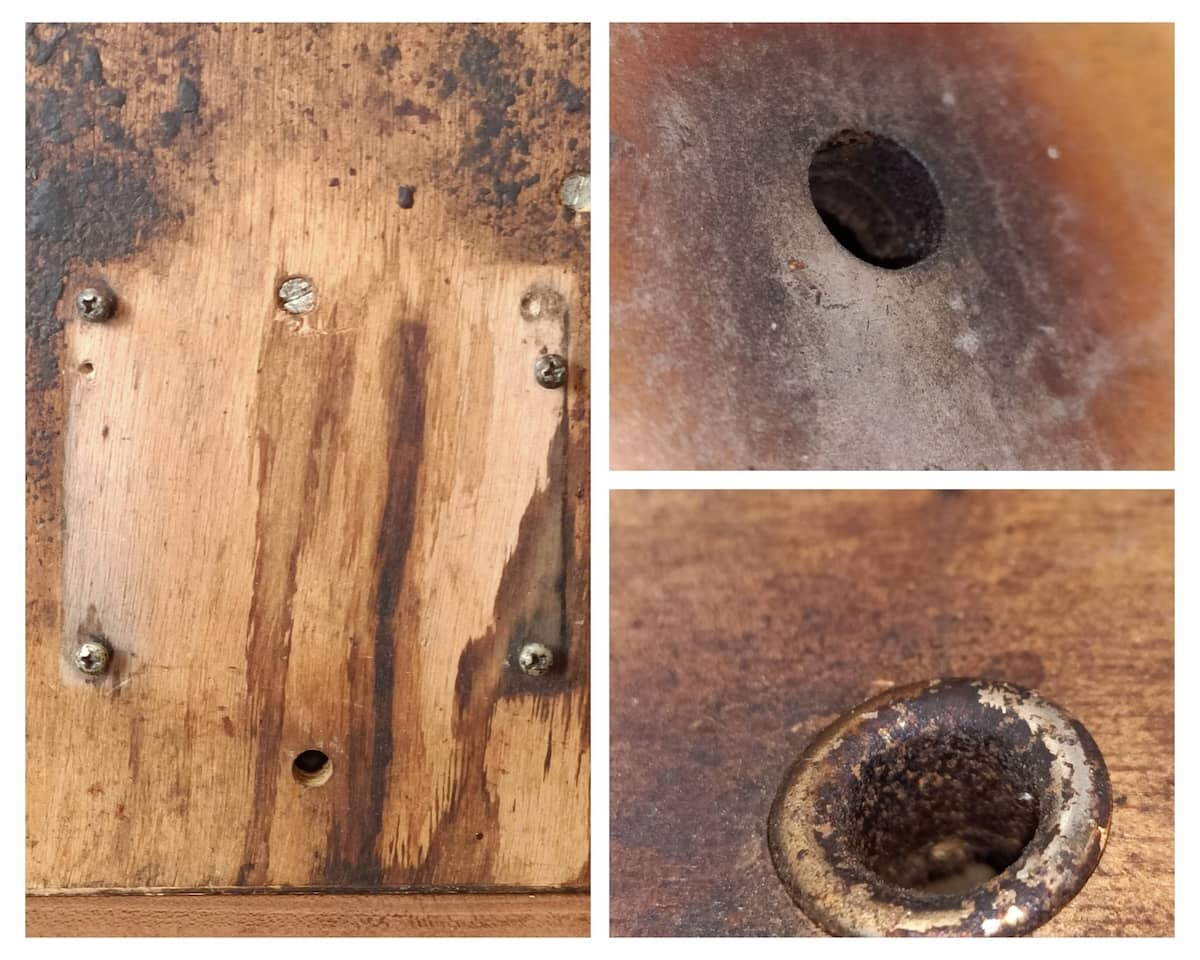Beekeepers : why doesn't your bee smoker light up or go out?
Published on 10 February 2024Summary: In this article we'll look at the reasons why beekeepers' smokers don't light up or go out in the apiary, causing great frustration or worse, leaving them open to bee stings.

The smoker that won't light, or goes out.
Which beekeeper hasn't experienced the moment when, despite his best efforts, his smoker won't light? Or worse, the moment when he desperately needs it in the apiary, and it refuses to smoke, despite repeated high-speed pressure on its bellows? Let's analyze these problems. Was it the beekeeper's fault? First of all, had he chosen the wrong ignition fuel? The beekeeper usually chooses from among the various smoker ignition fuels readily available. The range is wide: urban dwellers will easily use newspaper, cardboard and egg cartons, while rural dwellers will turn to "natural" fuels such as hay, straw, lichen, pine needles or cones, burlap and wood shavings. Once the ignition fuel has been found, he lights it with a lighter, puts it in his smoker and starts pumping. A few flames appear, or more often, a few fumaroles. The smoker is smoking, so it’s lit, he says to himself. The beekeeper then adds his usual fuel. One which he founds in stores, wood pellets, lavender pellets, straw pellets, or fuel gleaned from straw, hay, pine cones, pine needles, wood shavings, dried moss, pieces of branch. Then he starts pumping on his bellows, some smoke comes out, then nothing. He empties his smoker, then starts all over again. Faced with repeated failures to light his smoker, the beekeeper tries the solutions proposed to him: sticks of firelighter, soldering lamp, cardboard rolls, etc. On the one hand, these solutions are costly, and on the other they need to be maintained, i.e. the stock needs to be replenished, or, in the case of the soldering lamp, breakdowns need to be dealt with. Clogging of the gas pre-injector filter is a frequent occurrence, as are failures of the piezoelectric igniter. In addition to the problems of igniting and auto-extinguishing of the smoker in the apiary, these pseudo-solutions also bring new problems. So, has the beekeeper made the wrong choice of ignition fuel? Probably not. Why not? Because his peers have told him which ignition fuels they use, and they manage to light their smokers just fine. Sometimes. So what's wrong?
Tips for lighting your bee smoker.
Well, just because the ignition fuel is smoking doesn't mean the smoker is actually lit. As anyone who has lit a fire in a barbecue, fireplace or wood-burning stove knows, for a fire to take hold you need to make red embers, which heat up the fuel. The same applies to the smoker. You need to create a dense, glowing ball in the smoker, before adding another fuel. But we'll see later that this isn't enough. To make that glowing ball, you need to put in enough fuel, and tamp it down at the start of combustion, while continuing to pump on the bellows, adding fuel as needed. Easy to say, but not easy to do. Why not? It's not easy to pack fuel at the start of combustion, because on the one hand, the flames are faint and packing would mean smothering the fire, and on the other, you have to pump with one hand and pack with the other, with a smoker wobbling at the end of your arm. Air pumping is almost always stopped just when the ignition needs it most. Hence ignition failure, or insufficient ignition.
Defects in bee smokers.
But that's not all. When it comes to ignition, the quality of the equipment also plays a role. It's a fact that most commercial smokers blow back. You're pumping, big deal! The air comes out of the hole through which it entered. In the worst cases, the bellows hole and the smoker hole don't even face each other.
 It's easy to spot these refluxers. There's ash and bistre around the bellows hole.
Let's recap: to light your smoker properly, you need a device that doesn't blow back, and you need to be able to light the fire and gently tamp down the fuel with both hands, which isn't possible with a bellows smoker.
It's worth noting that half the time, the bellows are sucking, not blowing.
Above, we said that getting a ball of ignition fuel glowing and hot is necessary, but not sufficient. Anyone who has lit a fire in an old chimney knows this. The chimney must also "fire". In other words, the smoke and hot air escaping through the flues draws in a current of fresh air that self-activates combustion.
As air heats up, it expands, i.e. it takes on more volume than in its initial state, becomes less dense and rises. This is the principle behind hot-air balloons. Filled with hot air that is less dense inside than the atmospheric air outside, they rise like a gas bubble in water.
Chimneys that don't "fire" push the smoke back into the room. And the fire goes out.
In the case of poor-quality smokers, the smoke from the chimney doesn't allow enough fresh air in to activate combustion, and the fire eventually goes out. Hence all those smokers that go out in the apiary.
It's easy to spot these refluxers. There's ash and bistre around the bellows hole.
Let's recap: to light your smoker properly, you need a device that doesn't blow back, and you need to be able to light the fire and gently tamp down the fuel with both hands, which isn't possible with a bellows smoker.
It's worth noting that half the time, the bellows are sucking, not blowing.
Above, we said that getting a ball of ignition fuel glowing and hot is necessary, but not sufficient. Anyone who has lit a fire in an old chimney knows this. The chimney must also "fire". In other words, the smoke and hot air escaping through the flues draws in a current of fresh air that self-activates combustion.
As air heats up, it expands, i.e. it takes on more volume than in its initial state, becomes less dense and rises. This is the principle behind hot-air balloons. Filled with hot air that is less dense inside than the atmospheric air outside, they rise like a gas bubble in water.
Chimneys that don't "fire" push the smoke back into the room. And the fire goes out.
In the case of poor-quality smokers, the smoke from the chimney doesn't allow enough fresh air in to activate combustion, and the fire eventually goes out. Hence all those smokers that go out in the apiary.
 To compensate for this, the beekeeper has to pump and pump on his bellows. If you don't pump energetically, for at least three minutes, then your smoker won't light properly.
To compensate for this, the beekeeper has to pump and pump on his bellows. If you don't pump energetically, for at least three minutes, then your smoker won't light properly.
Good bee smoker fuels.
Some people load their smokers with the same low-density ignition fuel - straw, hay, pine needles, cardboard. Their smoker is too hot, producing too much smoke, and their fuel runs out quickly, requiring frequent reloading at the apiary. For one or two hives, this isn't a problem, but as soon as you exceed five hives it becomes one. Instead, a dense fuel is more appropriate. Mixed wood pellets and alfalfa pellets have the great advantage of not tarring like other pellets, such as straw or lavender. The latter will cause the cone to stick to the body of your smoker, spilling tar onto the body. This will make it extremely difficult to open your smoker.
Choosing the right bee smoker, easy to light.
Now that you know what to do, the choice is yours. Find the right device that doesn't blow back and "pull" combustion, light patiently and pump energetically to really light your smoker. Use a starter fuel first, then a dense fuel that lasts all day. You can also choose to ease your life. Use zephyr, a smoker that doesn't blow back, that fires, and whose blower leaves your two hands free to light it, tamp down the ignition fuel, pour in the main fuel, add your plug of green herbs to condense the tars and cool the smoke. Moreover, with Zephyr, you can smoke your bees just by tilting the unit and quickly sweeping the top of the frames. Smoke production stops automatically when the device is sitting upright.